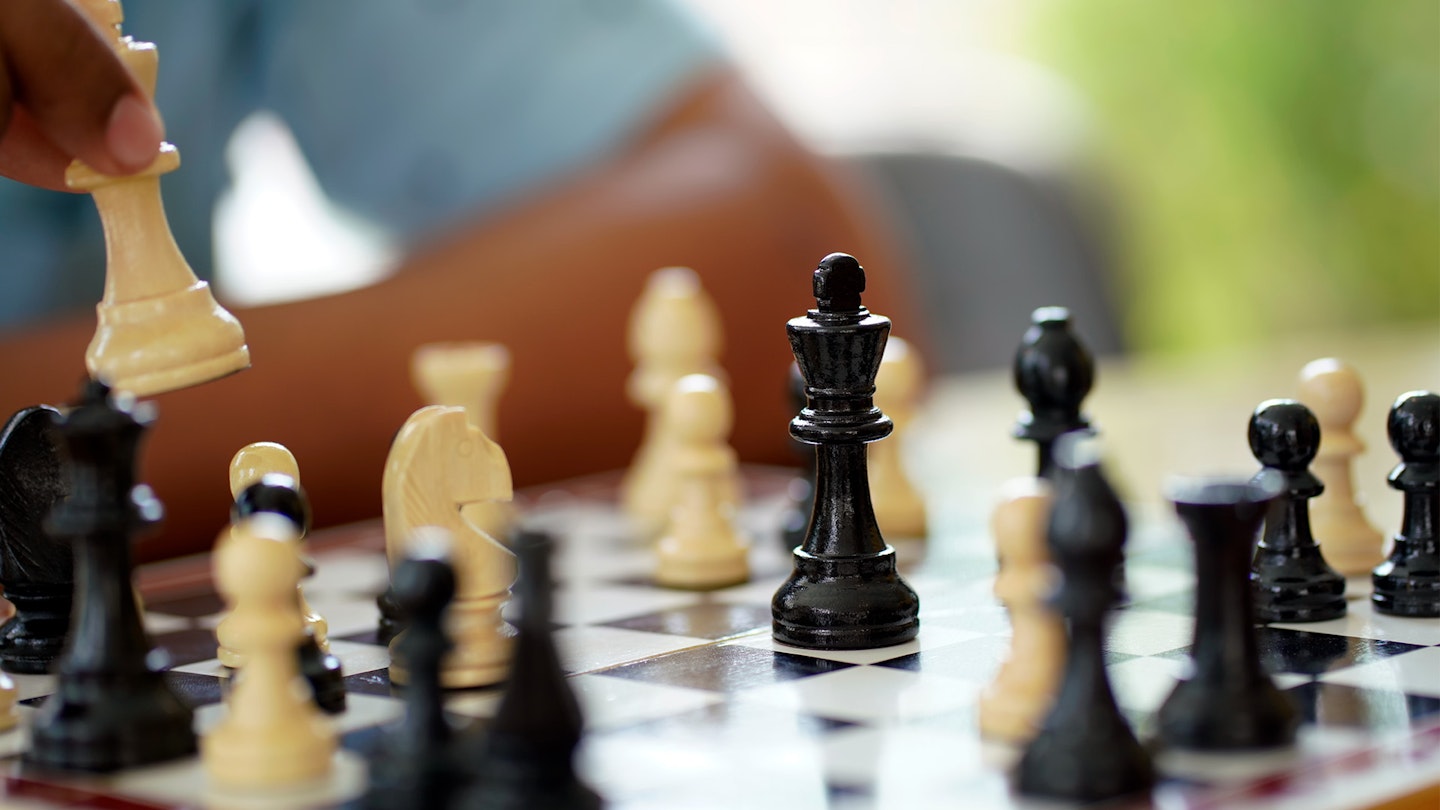When you think of tabletop games, chess probably springs to mind first, right? It's arguably one of, if not the top, most popular board game ever. It's been around for centuries and certainly hasn't gone out of fashion.
In October 2020, Netflix premiered a series called The Queen's Gambit: a show that followed a young orphan girl in the 1950's discover an astonishing talent for chess. The series followers her as she ventures onto a seamlessly successful journey, winning chess tournament after tournament, and becoming a renowned chess player.
You're perhaps wondering what a Netflix show has to do with an article about learning chess. Well, the chess-themed show became the streaming site's biggest limited series at the time: capturing the attention of 62 million watchers, worldwide, in its' first 28 days.
Naturally, this meant that chess had a surge of attention because of the series' success, and more people began picking up their dusty chess boards, or purchasing new ones and revisiting their knack for playing.
Nevertheless, this just confirms that chess is a still an explosively popular topic and many new players are growing to love it.
What makes a good chess set?
The board (of course)
A chess board is vital to the game- so you'll obviously need to invest in a fab chessboard. The options are rather broad depending on what style of board you're after: There are boards that double as a décor pieces for your home, there's portable boards for travelling, wooden boards, plastic boards, and even stone and marble boards. The choice is yours, as long as you're purchasing an iconic chessboard consisting of a checked square pattern you'll be well on your way.
The pieces
You'll need to bag yourself a nice set of chess pieces in order to play the game, these pieces are as follows: 8 pawns, 2 rooks, 2 knights, 2 bishops, a queen, and of course- a king. These are the most customisable elements of chess and you can find all sorts of sets, such as: Harry Potter pieces, Disney character pieces, and even London landmark pieces. Each individual chess piece has its' own unique purpose and position- it's what makes the game so intricately fun!
A box is always handy too!
Whilst it isn't completely necessary; a box/ a chess bag will aid you in transporting your game whenever you're on the move. If you need some suggestions and further tips to assist you in finding the perfect chess set, view our suggestions here!
The ultimate chess game goal
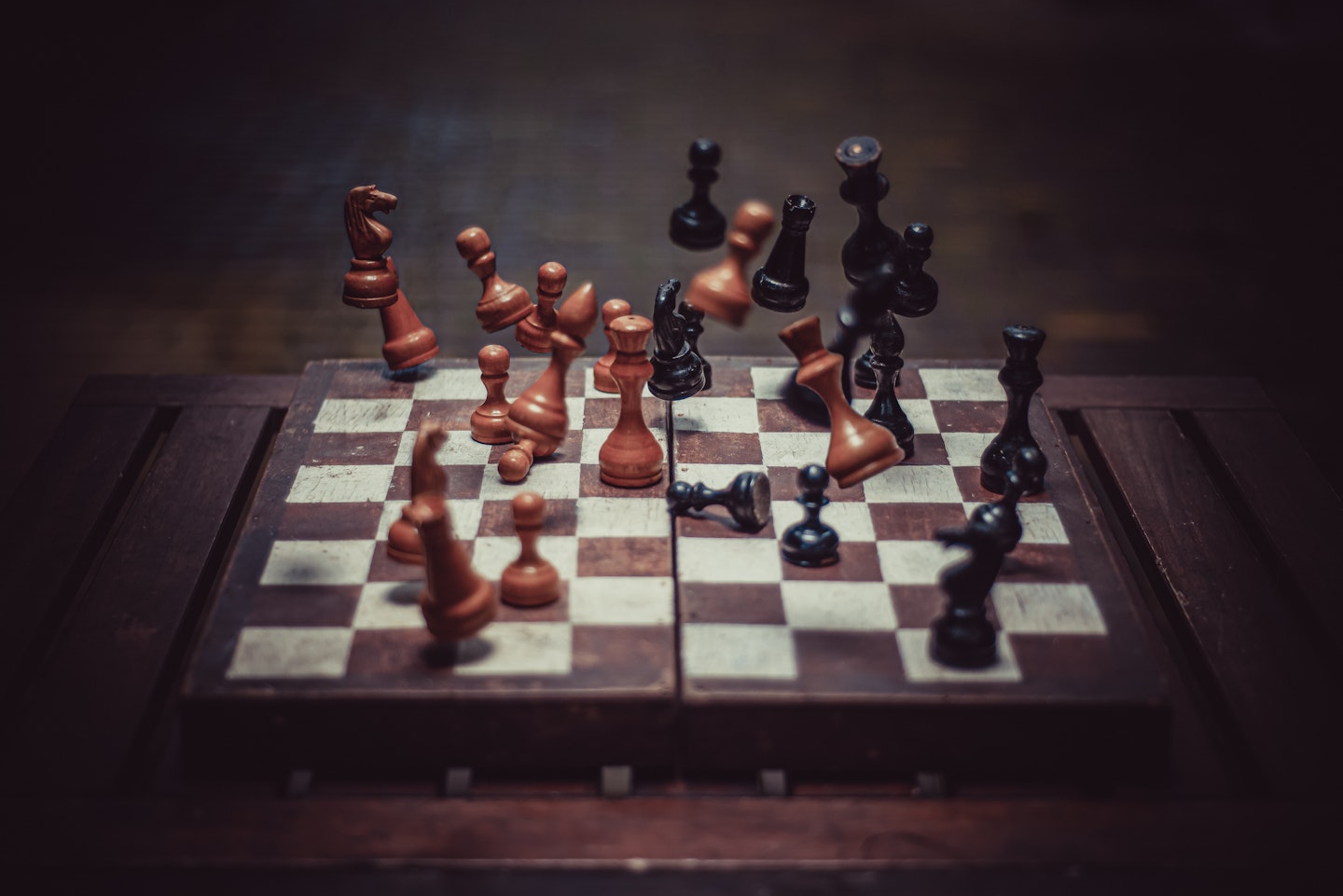
The ultimate aim in a chess game is to deliver a check mate: by tapping your opponents king.
General rules of chess
In a game of chess, white is always first to move their piece and the players then take turns to alternatively move pieces across the board. You have to move each time. If you find yourself in a position where you cannot move a piece and have no legal moves- each piece has their own unique movement- then the game results in a 'stalemate' which ends the game and both players draw.
A piece may be moved to another position or may attack an opponent's piece, thus replacing on its square. A piece may not move over, or through, any of the pieces, with the exception of the knight.
If a king is threatened with capture, but is unable to protect himself or escape, it's called a check. The king cannot be held in check, and the opposing player must make a move that removes the threat of capture.
So, a checkmate happens when a king is placed in check and there are no legal moves for the king to escape. A checkmate ends the game and the player whose king was checkmated looses the game.
Board set up
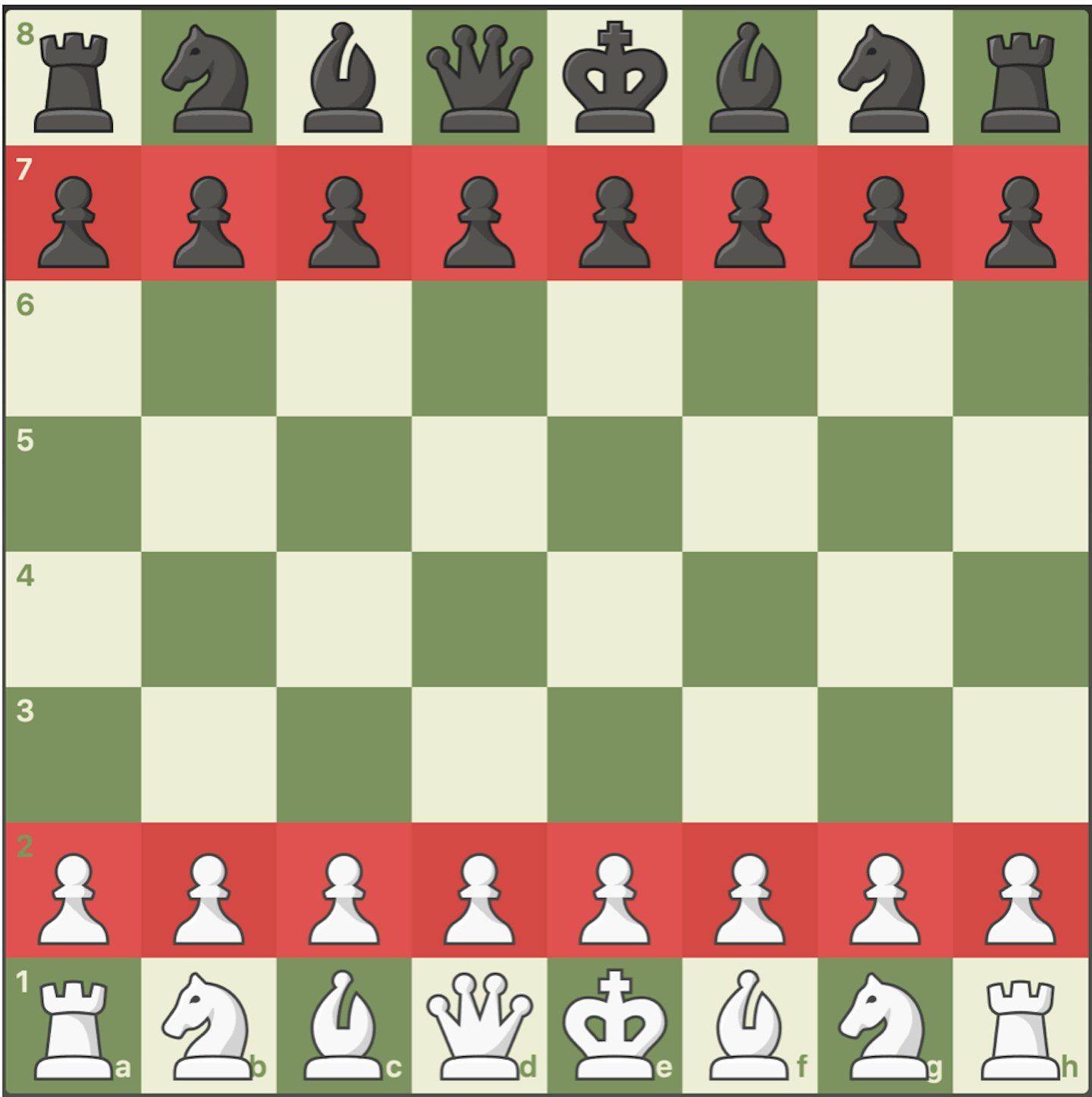
The chess board should initially be set out like this. Thanks to Chess.com, they have explained each move- with visuals, and what each chess piece can do, how they move and what their legal moves actually are. Check this out here.
Chess moves
1. King. The king can move exactly one square horizontally, diagonally or vertically. In each game, only once can the king make a special move known as 'castling'- allows the king to move two spaces to the right, or left, and the rook will have to move as a result.
2. Queen. The queen can move into any number of squares that are vacant, diagonally, horizontally, or vertically.
3. Rook. A rook can move any number of vacant squares, only vertically or horizontally, and not diagonally.
4. Bishop. A bishop_**_ can move any number of vacant squares in any diagonal direction.
5. Knight. A knight moves only in a 'L' shape, and what this means is that they can move two squares in any direction vertically followed by one square horizontally, or two squares in any direction horizontally followed by one square vertically.
6. Pawns. Pawns can move forward one square, providing the square is vacant. If a pawn hasn't yet moved in the game, they have the option of moving two squares forward provided both squares in front of the pawn are unoccupied, and they can never move backward.
Pawns capture differently to how they move, they can capture an enemy piece on either of the two spaces adjacent to the space in front of them.
Watch now: How to Play Chess- explained for beginners
Check out: The best unique chess sets to purchase right now!
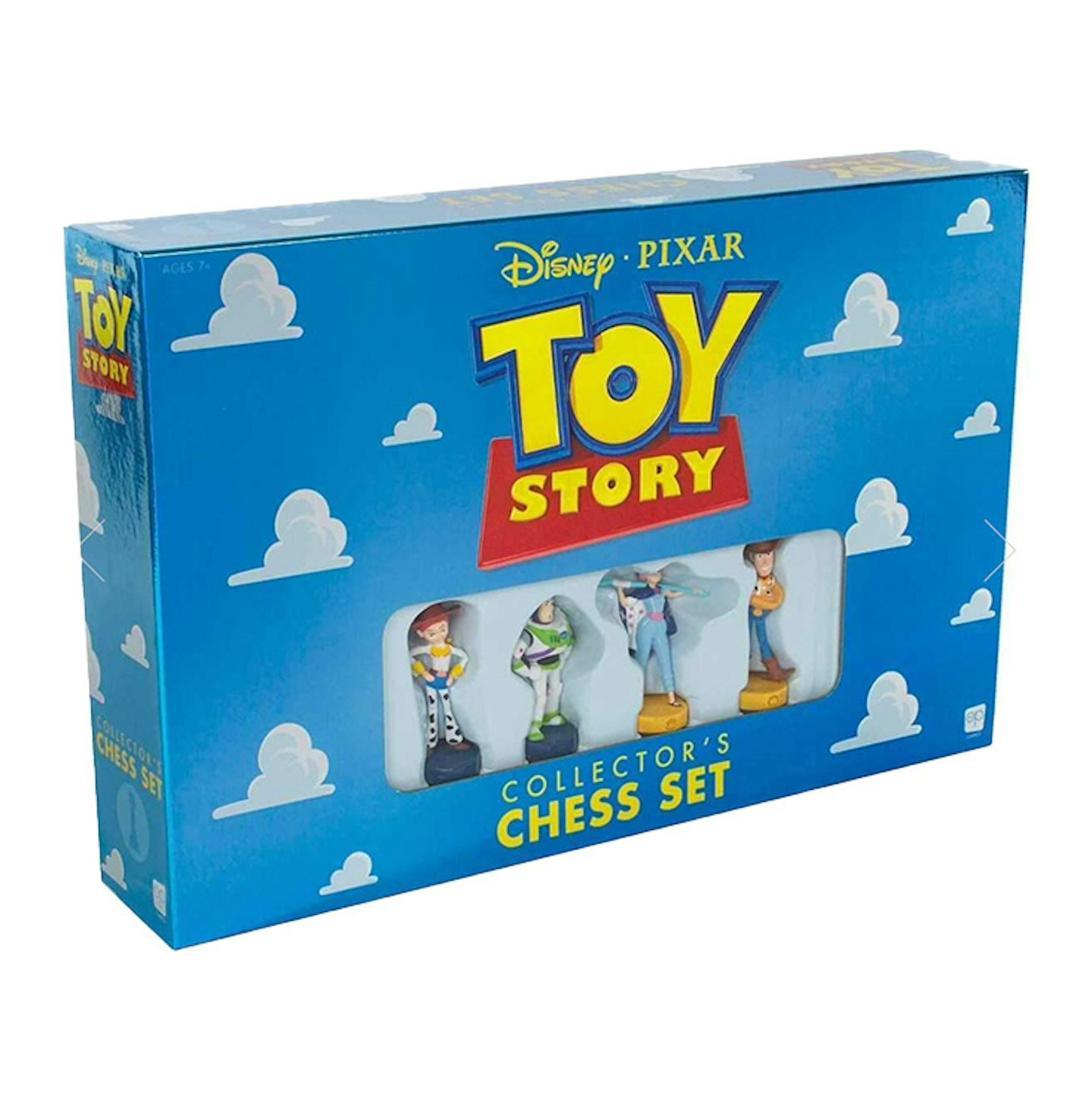 travellingman.com
travellingman.comtravellingman.com
 Etsy
Etsywww.etsy.com
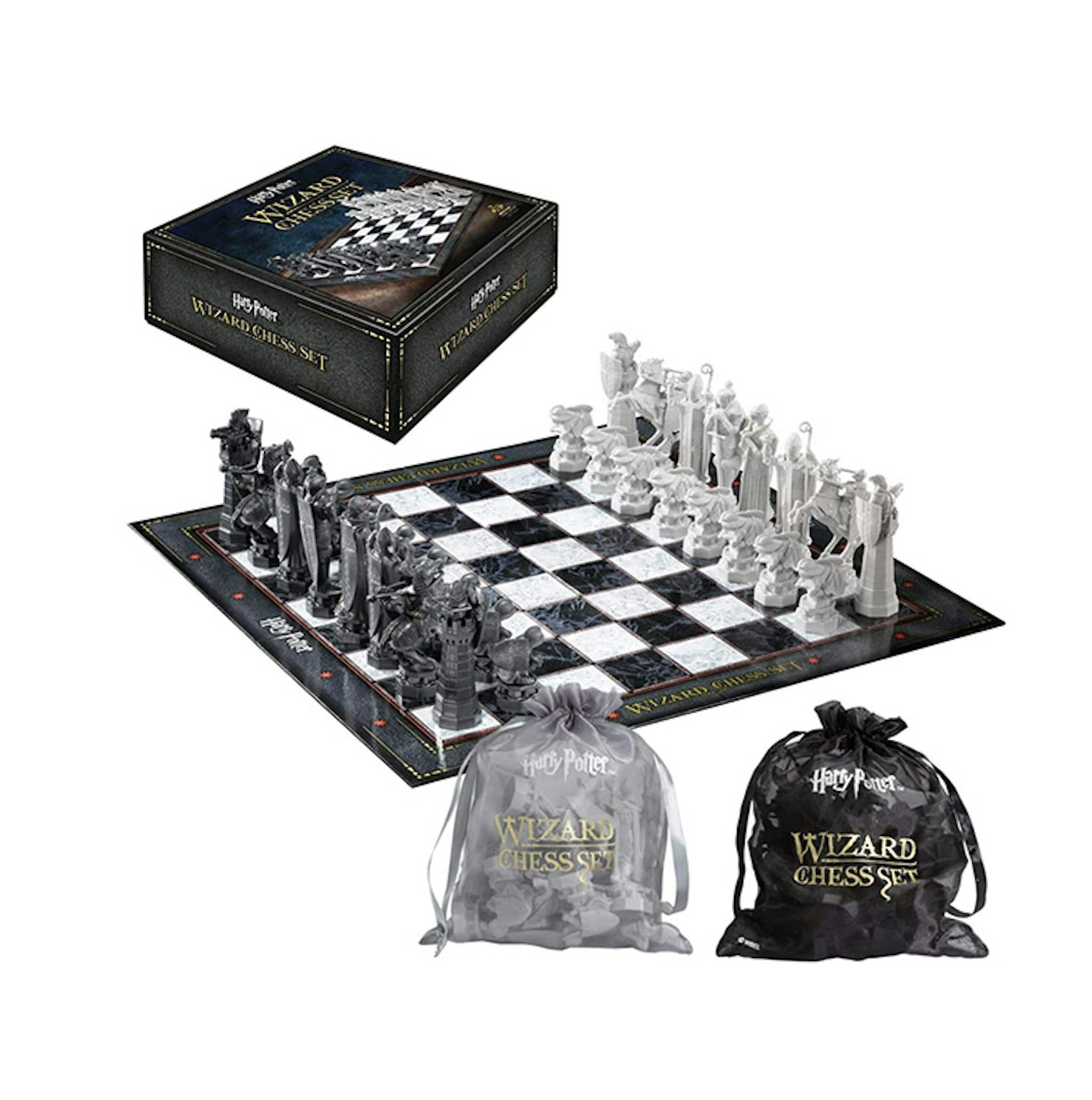 Amazon
Amazon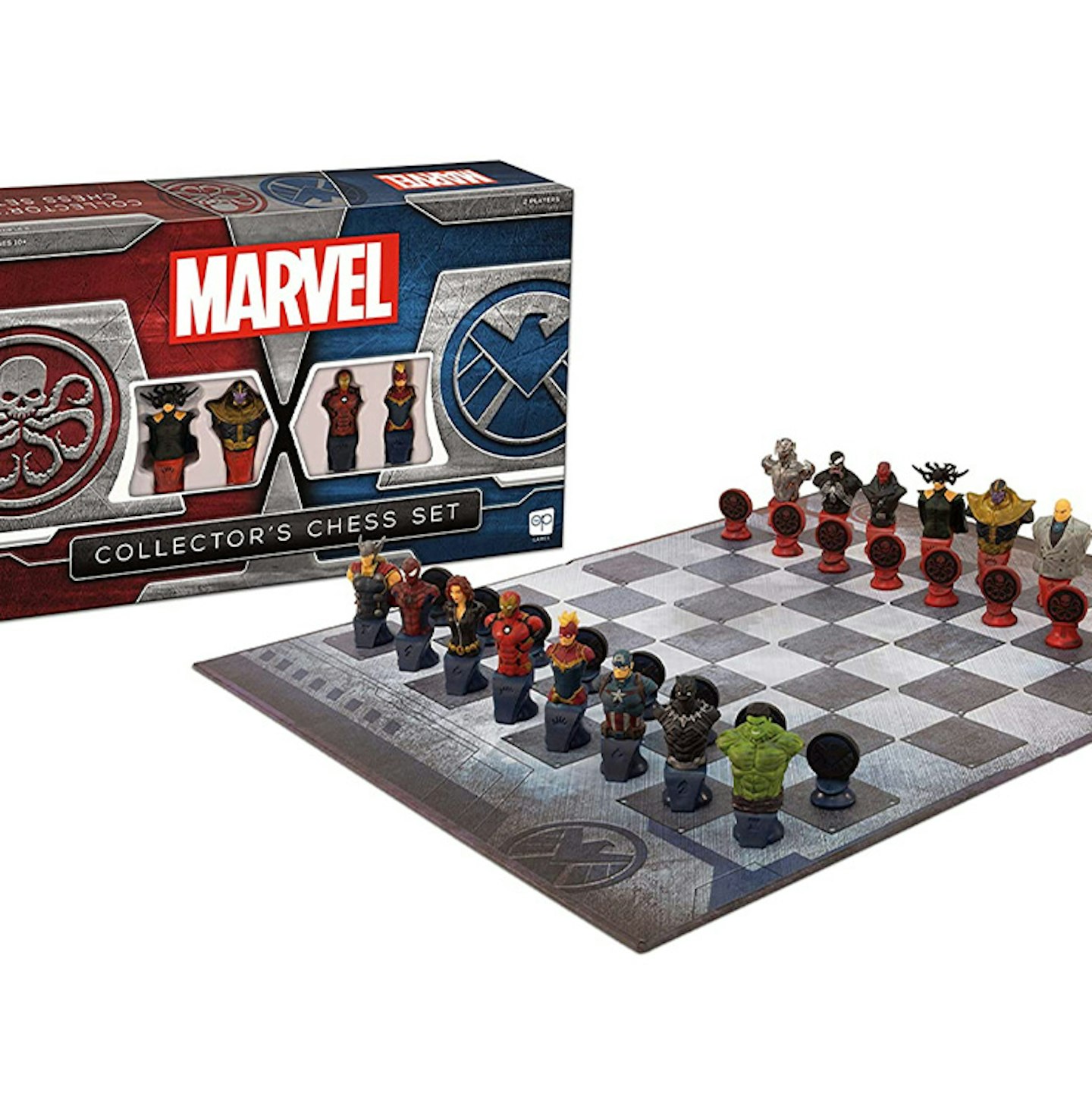 Amazon
Amazon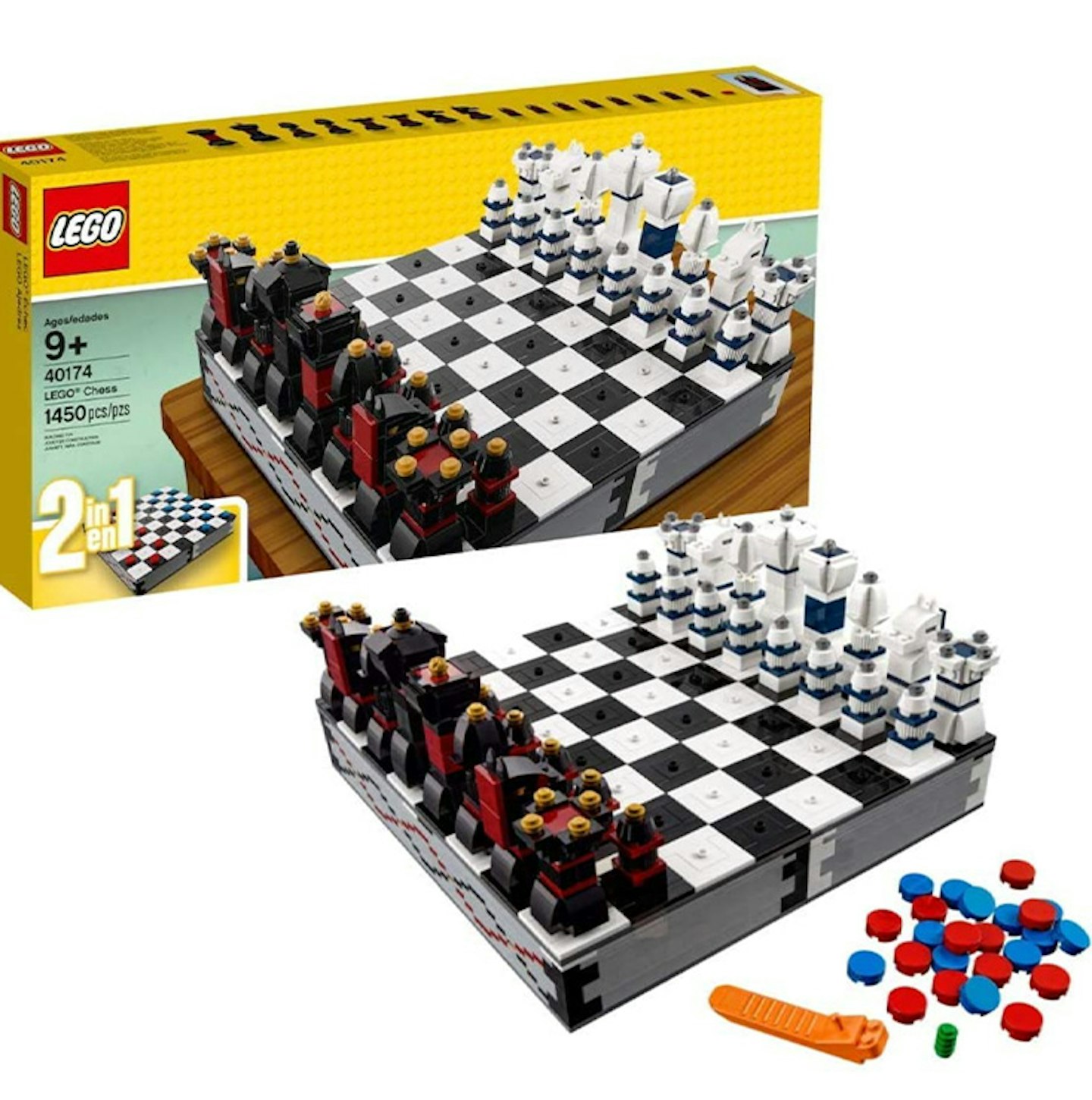 Amazon
Amazon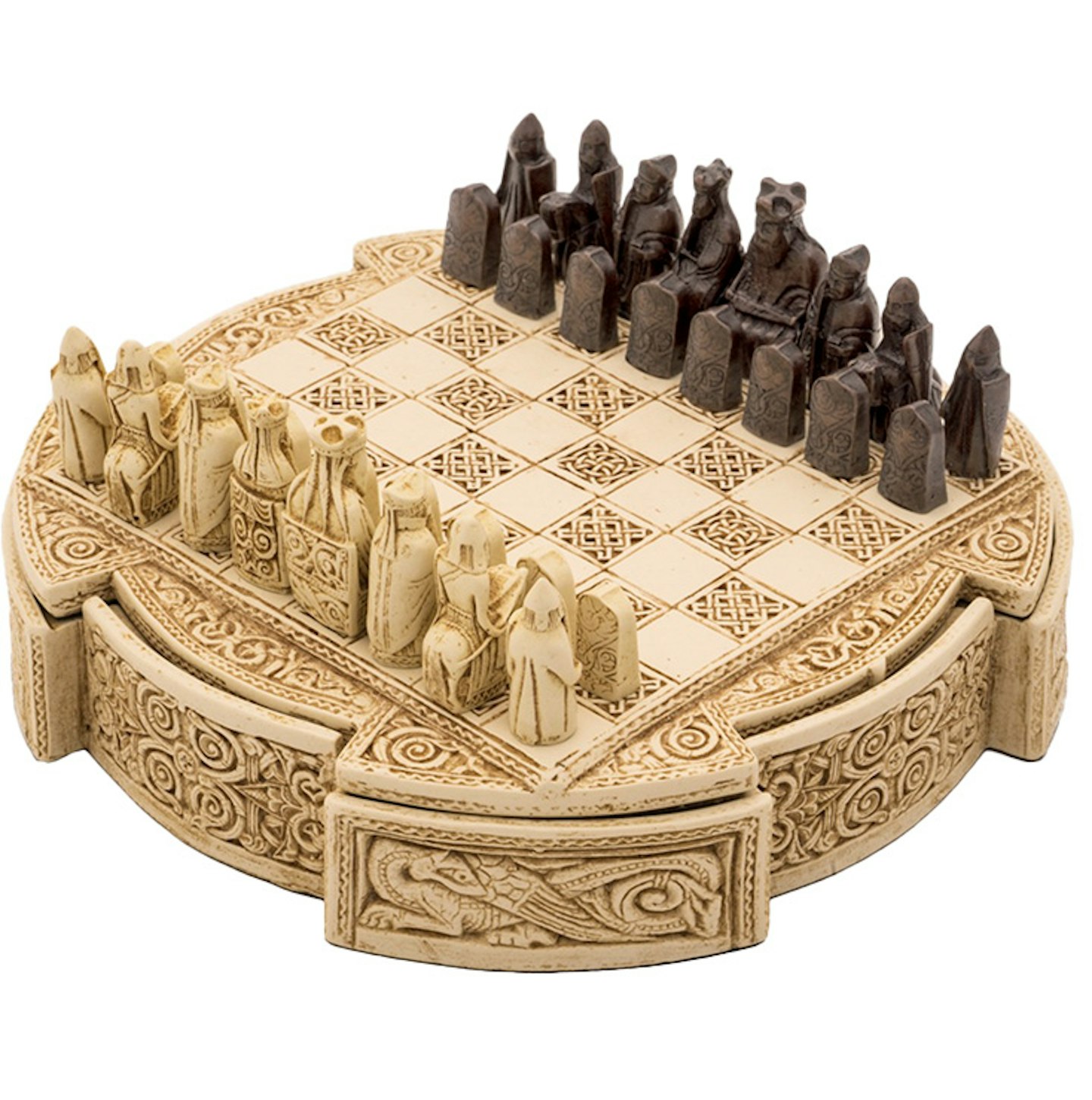 regencychess.co.uk
regencychess.co.ukwww.regencychess.co.uk
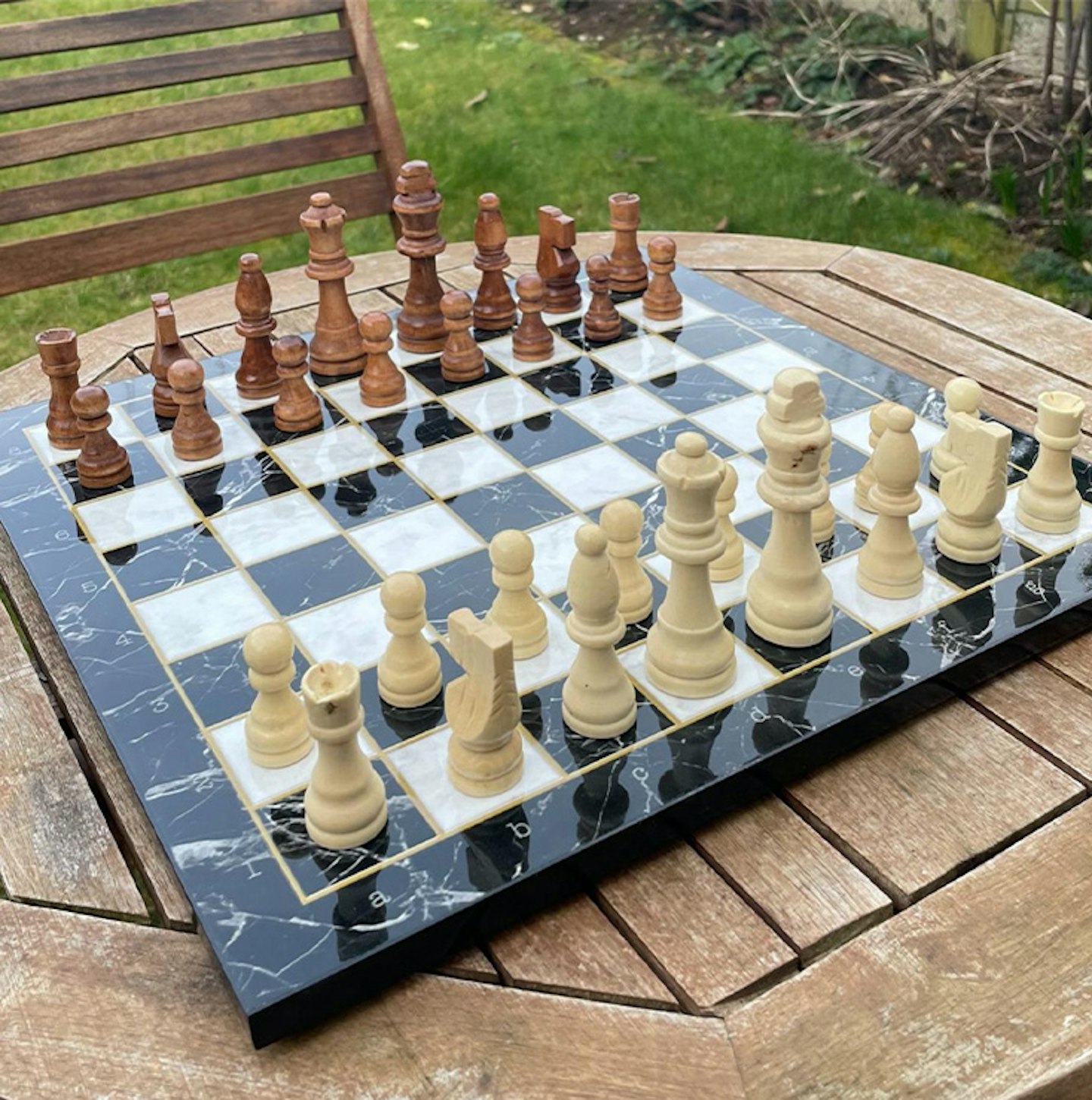 Etsy
Etsywww.etsy.com
More popular articles to read next
18 fun and easy craft ideas to make at home with the grandkids!
